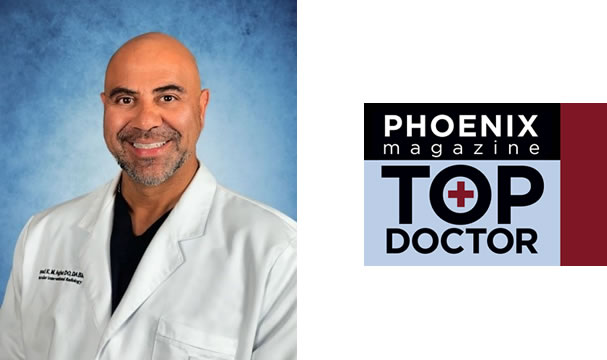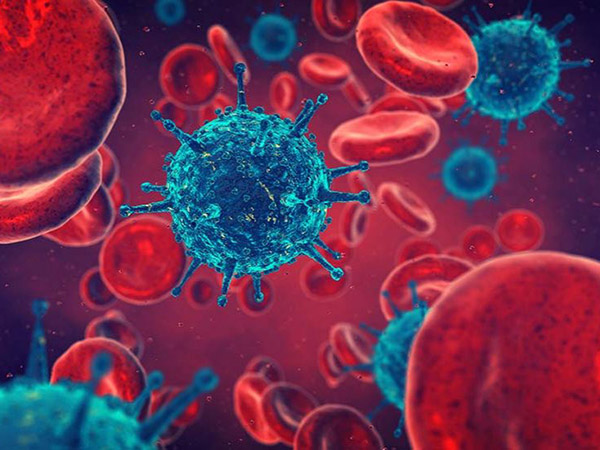What is Trans Arterial Chemoembolization?
Trans Arterial Chemoembolization is a radiology procedure that is used for chemotherapy to treat liver cancer or malignant cancers that spread to other parts of the body.
The procedure delivers embolizing materials into the blood vessels that feed the malignant tumor. This approach can hinder the blood supply that feeds the tumor so that the cancerous cells are destroyed.
Moreover, there is a higher chance of chemotherapy reaching the mass with this particular procedure. Around 59 people have been treated with this method to cure cancer in 2021 up till now.
This form of chemotherapy is widely used as a treatment for patients suffering from HCC (Hepatocellular Carcinoma).
In this procedure, minor embolic particles enfolded with chemotherapeutic drugs are injected into an artery that directly supplies blood to the tumor.
The injecting is carefully performed using paracentesis (Injecting a catheter). When the particles enter the bloodstream, they trigger cytotoxicity and block the blood supply by attacking the tumor cells.

The Liver has two sources for blood supplies. Usually, normal liver cells are supplied blood through the portal vein whereas cancerous cells are supplied with blood through the hepatic artery.
When the chemotherapeutic drugs are injected into the hepatic artery, it blocks a part of it that supplies blood to the tumor cells. Since the rest of the healthy cells get fed with blood supply through the portal vein, they are left unscathed.

Radiologists gain access to the hepatic artery through the Seldinger technique. The common femoral artery in the right groin is first punctured and a catheter is passed by a wire through the abdominal aorta following the common hepatic artery and then finally the actual hepatic artery which supplies blood to the tumor.
Further, more branches of the hepatic artery that supply blood to the tumor are identified and injected with chemotherapeutic substances as well using the same technique. Smaller catheters are injected so that damage to the normal lung tissue is minimized.

Since Trans Arterial Chemoembolization requires minor incisions, there are fewer risks of post-surgery complications.
Research shows that 66 out of 100 people treated have had a successful recovery from HCC (Liver Cancer). The inhibition of liver tumor growth lasts for about 10 to 14 months depending on the type. If the cancer starts growing again, the treatment is redone.
Outcomes of the chemotherapy can be improved when Trans Arterial Chemoembolization is combined with other chemotherapy methods to treat HCC like RFA and PEI.
Studies show that the combination of PEI with TACE produces better outcomes than TACE alone especially in patients that have larger tumors.

Moreover, in a combination of TACE and PEI, the percutaneous ethanol injection is injected directly into the tumor using a CT image guidance.
Ethanol is best known for killing cancer cells by dehydration, clot formation, and coagulation. The injections are left for around 5 to 10 minutes in the place to prevent ethanol reflux. After the blood is diluted using TACE, it makes the effects of ethanol injections more impactful to stop the tumors.
Trans Arterial Chemoembolization is highly effective for long-term survival. It can stop liver tumors from growing and can cause them to shrink.
If the cancer is constricted to the liver only, most of the deaths that occur are usually because of growing tumors, not due to its spread throughout the body. TACE helps prevent this kind of growth of the tumor and preserves liver function to sustain a relatively normal quality of life.
What Are The Possible Side Effects of Trans Arterial Chemoembolization?
Most of the patients go through post-surgery side effects known as post-embolization syndrome. The side effects can include nausea, fever, and even vomiting.
One of the most common side effects of this procedure is pain that occurs due to the cut-off of blood supply from the treated area. However, the side effects can easily be controlled through oral and injected medications.
Loss of appetite and fatigue is also a common side effect that may last two weeks or longer depending on the intensity of the chemotherapy and your condition. These side effects are usually normal and subside once you pass the recovery stage.
About the Practice
Blending interventional and diagnostic radiology and primary care services with aesthetic medicine and spa treatments, IYA Medical in Scottsdale, Arizona, helps its patients achieve beauty, health, and happiness. Using scientifically proven products and treatments, the highly experienced and educated team of doctors helps you feel better from the inside out.
At IYA Medical, patients receive access to a combination of medical services and advanced treatments in a comfortable, state-of-the-art facility.
Committed to reducing the length of hospital stays, IYA Medical’s interventional radiology services, with advanced imaging, allow the team to precisely treat complex conditions, including cancer and cardiovascular disease with minimally invasive options.
The doctors offer back pain management, diagnosis, and treatment for joint pain, pelvic pain, and leg pain, including varicose vein removal, and offer the option of ports and catheters for long-term dialysis or chemotherapy treatment using minimally invasive solutions and image-guided surgery techniques.
For patient convenience, concierge medicine services give round-the-clock access to doctors and more exclusive benefits. Learn more about the medical services available at IYA Medical by calling the practice or to schedule an appointment at (480) 750-8130.

About Dr. Agha
Dr. Ayad Agha, DO brings an unmatched background including a fellowship in Vascular and Interventional Radiology and Interventional Oncology from the University of California-San Diego, a Doctorate of Pharmacy from The Ohio State University, a Masters in Nuclear Pharmacy from the University of Southern California, and a Medical Degree from Midwestern University College of Osteopathic Medicine.

Dr. Agha is certified by the American Board of Radiology, an associate professor of diagnostic and interventional radiology at the University of Arizona Medical School, a clinical professor of the health and science department at Barrett, The Honors College at Arizona State University and a medical consultant with product design in the field of interventional radiology.
A popular and renowned Interventional Radiologist, Dr. Agha is an expert in cutting-edge medical practice and well versed in utilizing stem cells, genomic testing, and vascular aesthetics.
His presence brings to IYA a host of services that can result in an enhanced quality of life – turning back the clock, whenever possible, on function, energy, and mobility. Among the initial services provided are cosmetic vein treatments, full-body scans as part of detailed wellness care, rejuvenating serums, and pain treatments.
Fellowship-trained and board-certified in vascular and interventional radiology at the University of California San Diego, he offers a unique approach to problem-solving. Dr. Agha has held leadership positions and trains physicians in private and academic settings. A frequent Phoenix Magazine Top Doc, he is at the forefront of the future of medicine and now brings this passion for educating clients and providers to IYA.
A long-time resident of Arizona, he is known as a true force of nature and is anxious to bring a new level of medical cosmetic and other related services to Scottsdale and surrounding communities.
Dr. Ayad Agha holds US patents in Surgical Methods Apparatus Designs, Biopsy Devices, Rotary Indexers, and Methods of Use.

